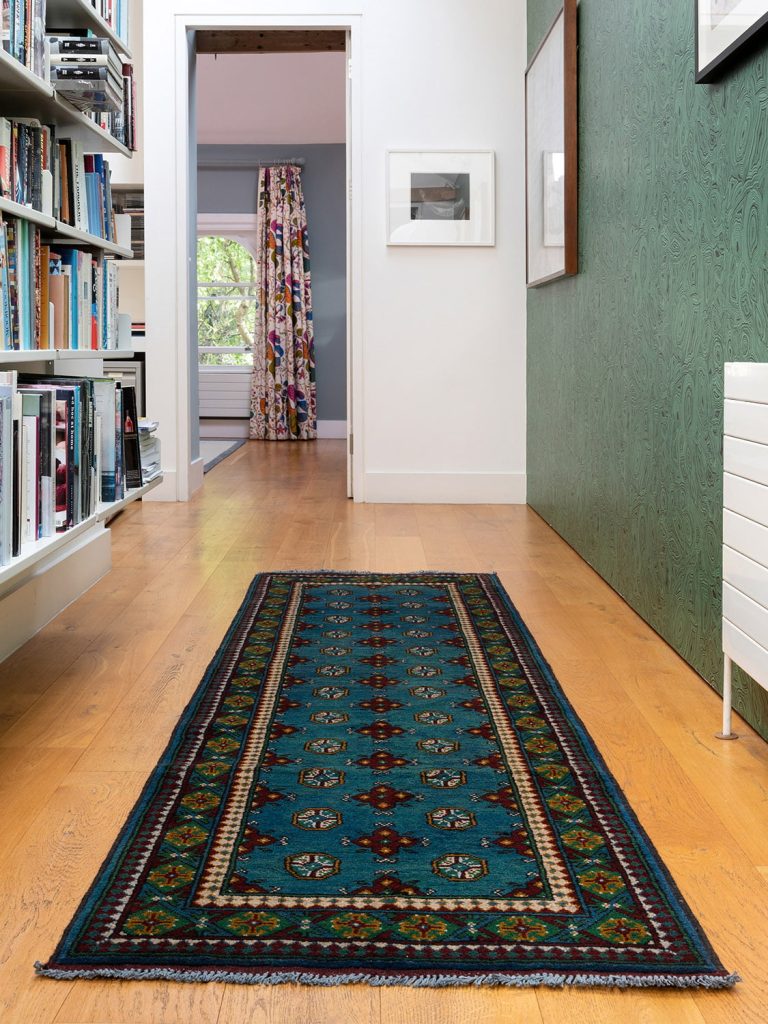Traditional
Rugs

When we talk of ‘’Traditional’’ in this context, we refer not only to the process of hand-spun woollen or silk yarns, which are traditionally dip dyed before our Afghan weavers hand-knot and hand-weave the rugs, but of the types of patterns and colour combinations. Even in the twenty-first century, this age old craft continues.
Traditional rugs tend to have borders or multiple bands of borders with the central area displaying the motifs (Gul), floral patterns and geometric patterns. As expected, they are often darker and with perhaps more conservative colour combinations. While rugs can sometimes appear similar there is never two rugs which are exactly the same, each being unique. This is simply because each rug is handmade by different weavers.
Historically rug making goes back multiple centuries and spans many, many countries of the world but more famously, Oriental rugs are thought of as coming from Aisa and North Africa. (Afghanistan, Iran/Persia, Turkey, China, Nepal, India, Pakistan, Turkmenistan, Uzbekistan, Tunisia, Morocco, Egypt and Russia)
The oldest rug, ‘The Pazyryk’, still in existence, remains on display in the Hermitage museum in St. Peterburg, Russia. Excavated by archeologists in 1949 from a burial mound in Siberia and almost fully preserved in ice, it was found to be a Persian pattern made by the Pazyryk nomads in the 5th Century BC.
A Traditional hand-made rug is often considered equal to the painting on a wall, it can be a central focus or an integral part of the look and ambiance you are creating. Each rug is unique. From our experience whilst taking rugs into our customer’s homes, we have seen traditional rugs improve, harmonise and enhance the settings equally where our customers have more classic furnishings as well as those whose homes are quite modern.
A few of our customers have purchased a beautiful Traditional Afghan rug purely to hang on a feature wall instead of an oil painting.
